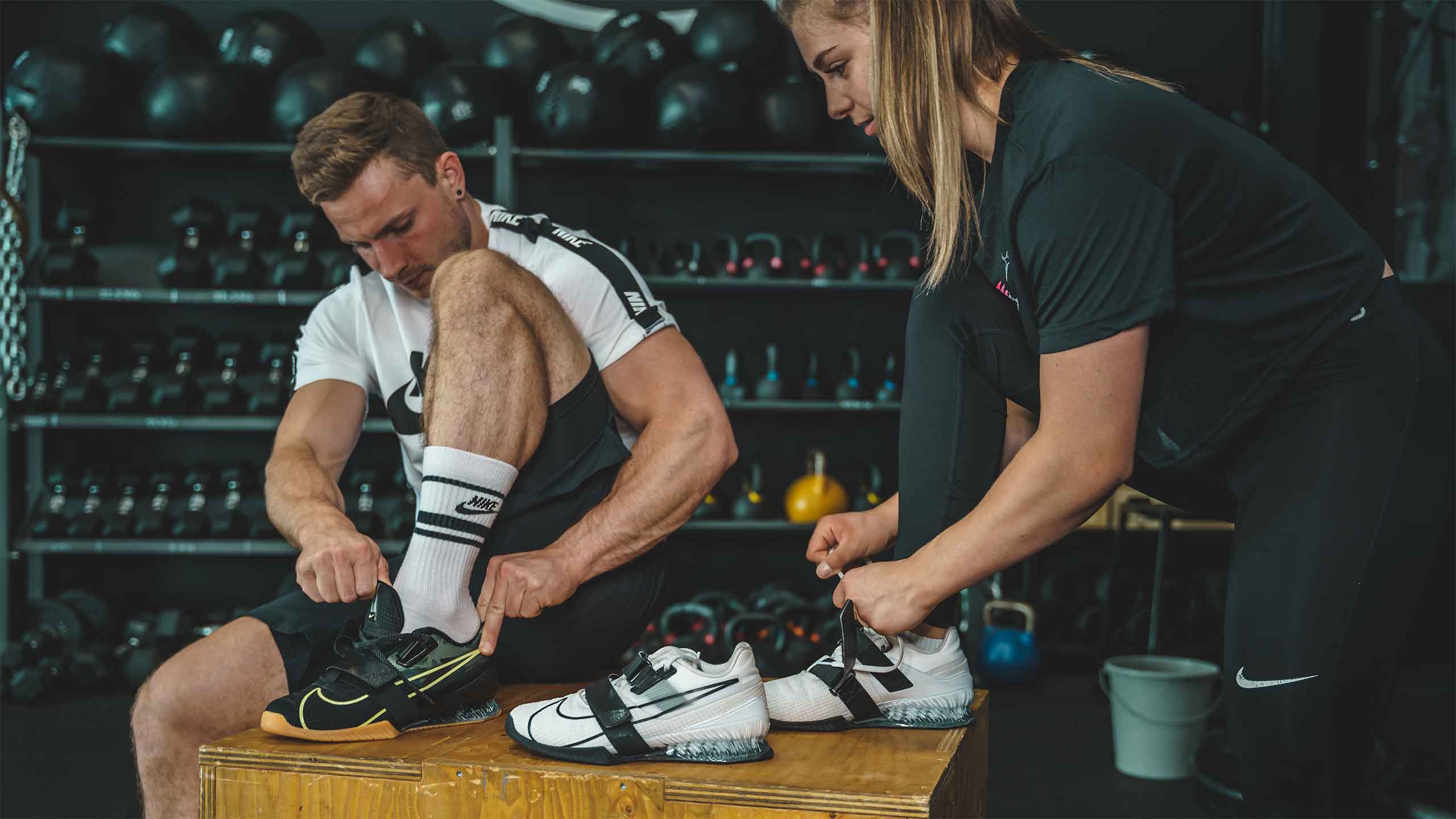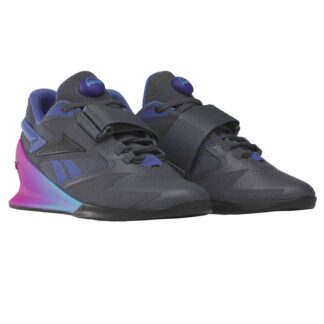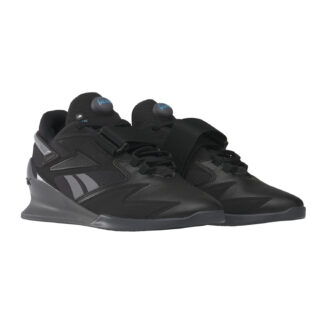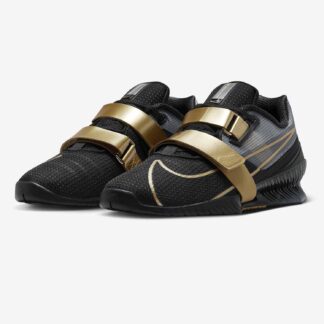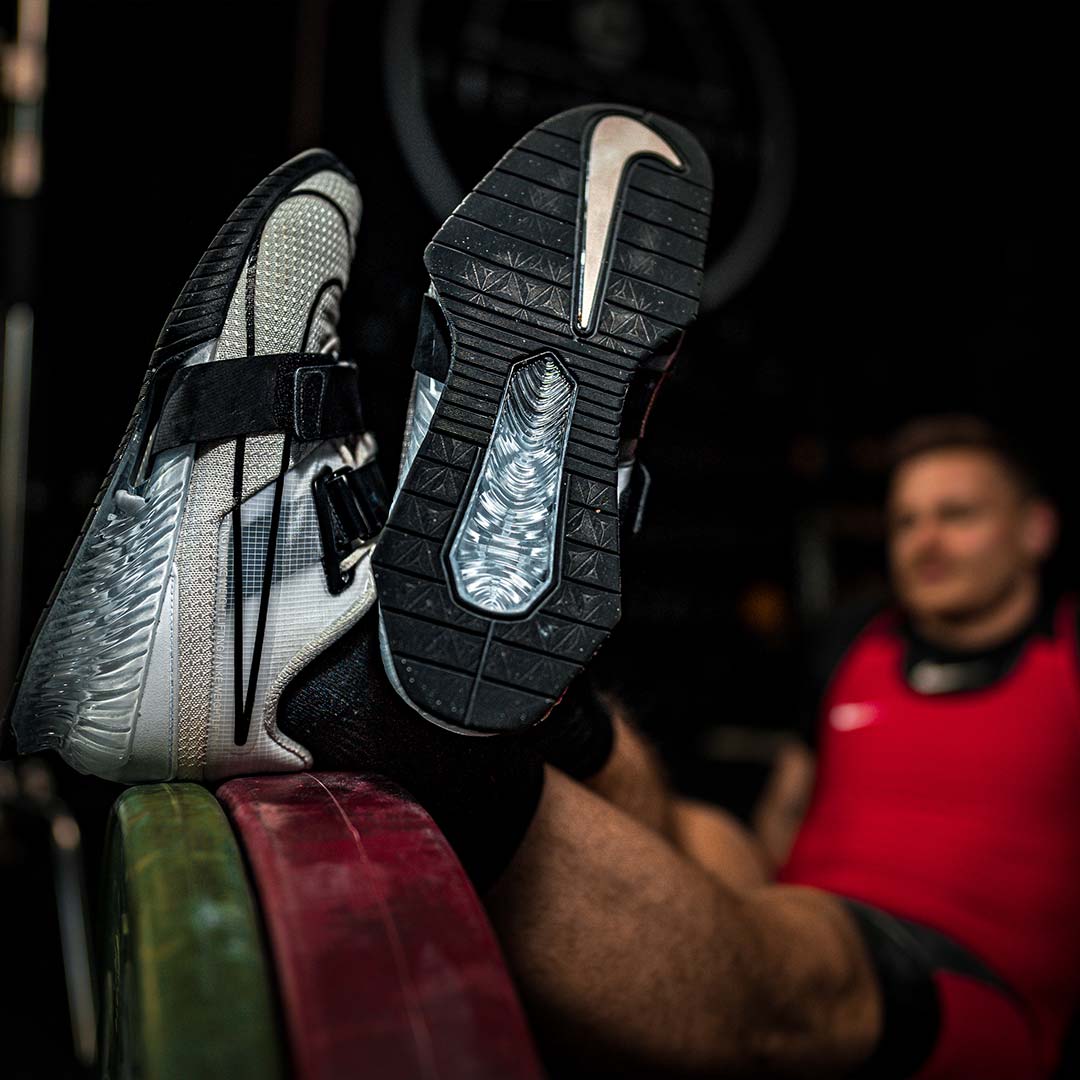Choosing the right shoes is essential in strength training. Three basic areas play a role here:
1. The Balance
2. The Posture
3. The Strength and Training Effect
In the following, it will be explained in more detail why weightlifting shoes, in particular, are a “must-have” for every athlete who trains ambitiously with the barbell and does weightlifting exercises.
Why is balance important when training with the barbell and what contribution do weightlifting shoes make?
When lifting a heavy load, the additional load and your own body must be balanced via the feet during movement. This alone represents a demanding task for the neuromuscular system. Any external disturbance of the balance makes lifting unnecessarily difficult. Therefore, shoes with a soft and yielding upper material or sole (e.g. sneakers or running shoes) are only conditionally suitable for strength training. Under certain circumstances, a soft shoe can lead to unpredictable imbalances, which can have consequences:
Equilibrium disturbances in movement must be compensated by counter movements. These balancing movements are usually not predictable or “trained”, which is why unaccustomed loads arise. With very high loads, unaccustomed loads can lead directly or indirectly to acute or chronic/tardic injuries.
Balance not only plays a role in injury prevention, but also plays a major role in achieving high sporting performance. The athletic performance, e.g. the 1RM during a squat test depends on personal and non-personal performance factors, i.e. trained abilities/skills of the athlete himself and additional external influencing factors. The shoe is an external factor that influences athletic performance.
For example, an unsuitable shoe can lead to the fact that the trained achievement factors are only conditionally callable due to balance disturbances since the body is busy applying unnecessary strength for the maintenance of the balance. This force is then missing to cope with the load. Despite a good performance condition, an incorrect shoe can limit athletic performance.
Classic weightlifting shoes therefore consist of a solid upper material (mostly leather), have a stable, flat sole without much profile and straps to fix the foot optimally in the shoes. This design ensures an optimal regulation of the balance during lifting.
Why is posture important in barbell training and what contribution do weightlifting shoes make?
An optimal posture allows, on the one hand, for a functional distribution of the loads acting on the body and, on the other hand, for a perfect execution of the athletic technique of weightlifting. An unsuitable shoe (soft upper material, flexible and flat sole without heel elevation) has a considerable effect on posture:
High loads in barbell training have a damaging effect on the body (acute or chronic/tardic) in case of incorrect posture. Therefore, the load must be distributed as functionally as possible between the active and passive locomotor system. In addition to correct back posture, this includes above all the correct position of the lower extremities. An axially correct position of the legs starts at the foot/ ankle joint.
If the shoe is too soft (upper material and/or sole) it does not support the foot sufficiently in barbell exercises. Existing malpositions in the foot/ ankle joint such as the overpronation (the foot bends inwards in the ankle joint under load) is increased under additional load. As a result, there is not only an unfunctional load in the foot/ankle joint but also in the knee and hip. Knee pain when working out can therefore be the result of an inappropriate shoe.
BUY WEIGHTLIFTING SHOES
Furthermore, especially in weightlifting, the posture in the low squat is of great importance. Basically, an upright upper body position in the low squat is more favorable for the snatch and clean, since the barbell can be better fixed and controlled above the head (snatch) or on the shoulders (clean).
For an upright upper body posture it is necessary to bring the knees over the toes. Flat shoes (heel part) make it difficult to bring the knees forward especially if there is also limited mobility in the ankle. An inappropriate shoe, therefore, has a negative effect on the athletic technique of weightlifting.
The firm upper material and the stable sole of the weightlifting shoe support the foot and leg position whereby the high loads in the lower extremities can be functionally distributed. At the same time, the elevated heel section allows for optimal posture in the low squat for snatching/cleaning and also for front squats.
How can weightlifting shoes change the strength and training effect for individual muscle groups?
Under the aspect of the increase of a sporty achievement – for example Increasing the 1RM of the squat-strength training with its different load sizes (intensity, volume) as well as the different training exercises are used to strengthen relevant muscle groups in the lower extremities. In the specific case of squats, strengthening targets the muscles that produce extension in the ankle, knee, and hip.
However, not only the load design and exercise selection control the training effect on these muscles, but also the corresponding weightlifting shoes.
As already mentioned, a raised heel enables an upright upper body posture during a lift. Specifically for squats, this has the effect of training the muscles for knee extension (quadriceps) more in the lift. Instead, a very flat heel section leads to a larger upper body extension, which means that the muscles for hip extension (Adductor Magnus, Gluteus Maximus, Hamstrings) are trained more during the lift. The shoe can therefore change the training effect on individual muscle groups for an exercise.
Conversely, these relationships hypothetically mean that the height of the heel can also optimize athletic performance in weightlifting. An athlete with relatively stronger muscles for knee extension will tend to perform better with a higher heel section in weightlifting shoes, as this allows him/her to apply more force during lifting.
An athlete with stronger muscles for hip extension, on the other hand, will be able to achieve a higher force effect withflatter weightlifting shoes. To what extent the height of the heels of a weightlifting shoe has an influence on the athlete’s performance has not yet been scientifically investigated.
It should also be noted that the height of the heel part in weightlifting shoes is specified by the manufacturer. Different manufacturers use heel parts of different heights. Even within one manufacturer the heel height varies from model to model. In individual cases, different models and heel elevations should be tried out and used to control and optimize the training effect and/or athletic performance. Alternatively, if the weightlifting shoes are too flat, aninsole can be added.
ÜBER DEN AU


